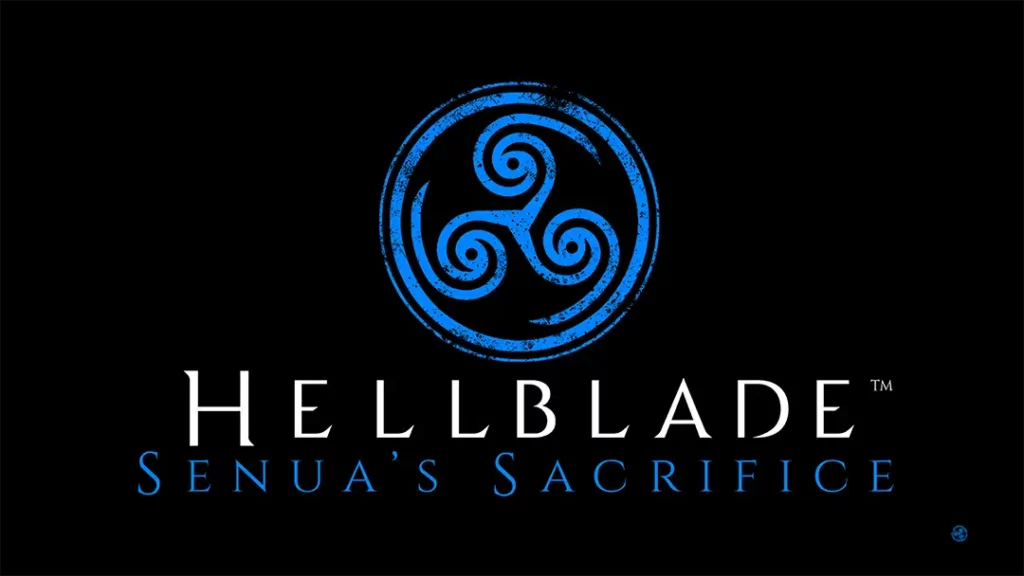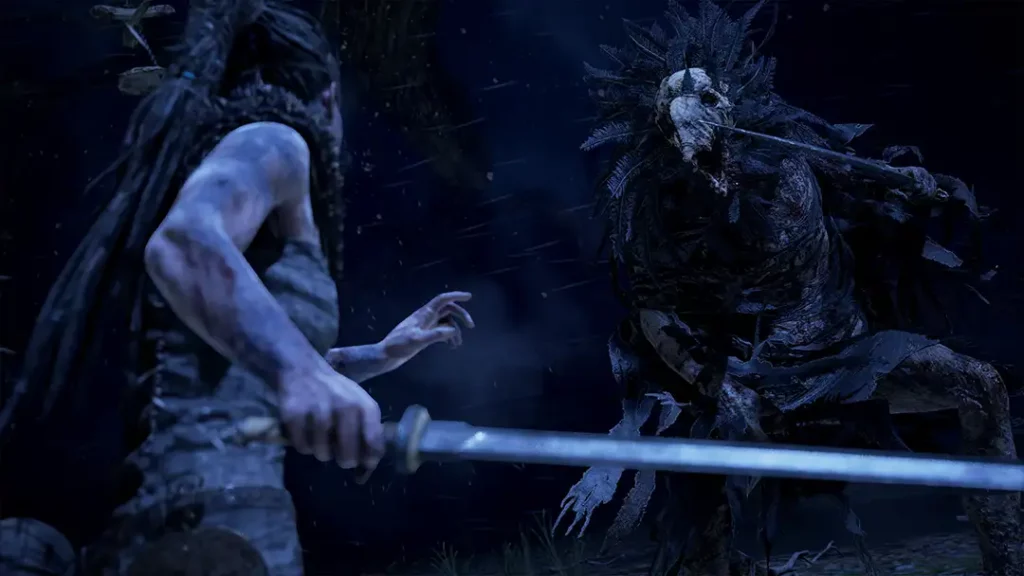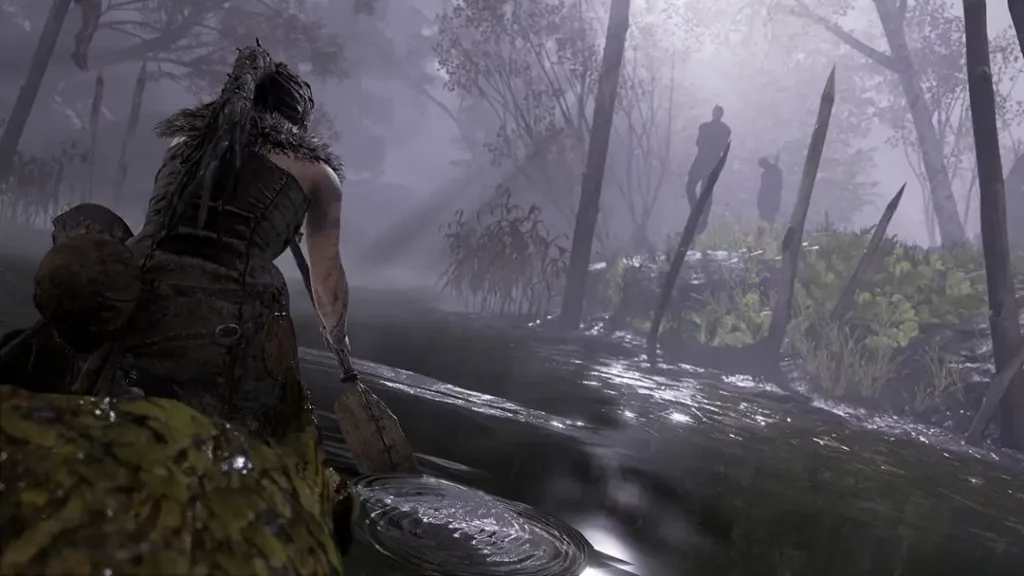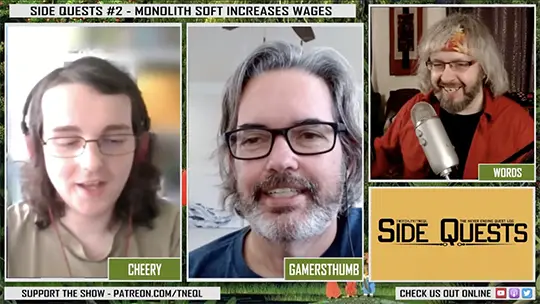I can honestly say I had no idea what I was getting into. I missed Hellblade back in 2017, so on the eve of Hellblade 2’s release I decided to go back and see what this thing is all about. I had some preconceived notions, and man was I wrong!

I think I was expecting something like Dark Souls, but with more of a pure horror element. But it’s a much more thoughtful experience than I was prepared for. It’s cerebral, it’s paced out. There are environmental puzzles, and that’s as big a part of the game as the combat, maybe even bigger. There are scary elements, but it’s more like psychological horror. There are no cheap thrills or B-movie antics, every fear drummed up in the game is earned. And as such, every fear you conquer in the game feels earned, too. So if it doesn’t play like a gory Dark Souls, what is it then?
How It Plays
I would normally refer to this section as Gameplay, but it feels weird to call it that, like it almost reduces it down too much. Hellblade does everything it can to make you forget it’s a game: there’s no health meter, no minimap, no mission paths on the ground or quest markers blinking in the distance. And it still feels novel today, just as I’m sure it did back in 2017. There are no sidekicks or quest givers, it’s just Senua, the obstacles in front of her, and her voices.
And occasionally, warriors of the damned will materialize out of thin air and you’ll have to clear them out before you can advance. Running isn’t an option, and neither is save scumming—so here’s the deal: Senua’s right hand is infected with rot, and each time you die the rot will creep up your arm a bit. If the rot reaches her head, that’s it. Game over. Permadeath. Or at least that what the game says, and I took it at its word and didn’t verify for myself. In fact, I was so invested in the story and so worried about Senua dying out before I could complete it, I’ll be the first to admit that I knocked the game down into easy mode at some point along the way.

And we need to talk about this, because this might be the first time I’ve played a game that defaults to a difficulty level called ‘Auto’. Basically, it will scale the difficulty up or down based on how well you’re doing. It’s hard to tell, but I think what it’s doing increasing or decreasing her damage output based on how precise your timing is with dodges and parries. I only fought one battle on hard difficulty—remember, this game has permadeath if you die too much—and I swear she was doing more damage with each hit on Hard than she was with the game on Auto difficulty.
But the fear of that rot creeping up Senua’s arm was real, I settled in on Easy just to be safe. Yeah, I took the coward’s way but I’ll never apologize for it. How I played the game will have zero impact on how you play the game, and from what I can tell it didn’t even have a huge impact on the combat outside of Auto difficulty. Side note, I’m not a fan of a game scaling it’s difficulty based on my performance. I feel like I’m being punished if I do well, and I can’t really know if something was easy because I’m good or if it’s just because I sucked so much in the last zone. So, whatever. At least on Easy mode I know where I stand 😂
So about the combat, this is not a soulslike. It does have some elements of a soulslike, in that you learn the enemy’s patterns, and then you dodge, parry, and attack as dictated by the enemy’s actions. It’s very defensive, and you can’t just button mash your way through it—but it’s also a pretty simple combat system with heavy and light attacks, a block, and a dodge, and that’s it. You can dodge just about anything, and perfect parries feel great. But there’s no skill tree or weapons upgrades. Again, there’s no currencies or inventory, or loot of any kind.

I’ve complained before about games that don’t really add anything new over time, where you’re doing basically the exact same thing at the end of the game that you were doing at the beginning, but I don’t have that complaint here. First of all, it does throw some interesting wrinkles in about 2/3 of the way through, and I can honestly say I got better and better with the combat as the game went along.
As for the puzzles, they were just the right amount of difficulty: there were times I was stumped but I never had to resort to looking up the solutions online. Ok, that’s a lie, there was one that was solved by running through the dark while being chased by a monster that lives in the dark, and I’m sorry but that was one solution I didn’t think of trying. But each area is fairly small, full of invisible walls and interactive objects that are clearly visible, so creating puzzles with these limited tools that are both fun and challenging is a real accomplishment.
This is the part I’d normally talk about the graphics. And this game is a showcase of what graphics were capable of in 2017, but forget about that for a minute. We gotta talk about the technical thing that really sets this game apart, and it’s actually not the graphics.
The Sound of Silence Violence
It’s the audio. I can’t remember a game suggesting I play it with headphones on, but this one does and I did and holy sh*t.
The audio is recorded in binaural, a process in which sounds are recorded in a way that mimics the human ears. The game opens with our hero in a canoe searching for a secret entrance to the land of the dead, and narrator does what a narrator typically does, until Senua looks right at you and says “I can hear you”. This was the moment I sat up and paid attention. This was the moment I was in for something completely original.
There are other voices that are constantly gnawing in the back of Senua’s mind, usually taunting her or ridiculing her actions. Sometimes, the voices are encouraging, but it’s rare. Now, I’ve been a creative professional my entire career, and I know the imposter syndrome as well as anyone. These voices hit very close to home, as though they could’ve been plucked out of my own head. Is that a universal experience? I honestly don’t know and I’d love to know if this is relatable or not to you.
The soundscapes are so full of life. Well not literally, I mean sometimes they’re more like the sounds of death, but what I mean is they convey so much information and atmosphere. There’s just as much care put into bone snaps and distant screams as there is in a gentle rain rapping against the leaves and rocks. There’s a part of the game where you’re blinded and you have to follow sounds, which gave me yet another reason to be glad I was playing with headphones on. I really can’t recommend that enough. And while that blindness was only in a specific section of the game, I think it was a small part of a much larger theme.

Theme Park
There are a lot of themes tackled here, including personal empowerment. But make no mistake, this game is about psychosis. And I’ve never experienced it like this in any form of media. The subject is treated with respect, and Senua is presented as a warrior. She’s a hero, pushing on long after she’s had any reason to believe she can succeed. As a player, you’re given a tiny glimpse of how difficult it would be to live through life with psychosis, not to mention living in the brutal world based on ninth century Scotland, in a land raided by Vikings and dominated by cruel and petty gods.
You find runes along the way, and each one tells fragments of stories about the norse mythology, sometimes giving you context on your locations and enemies, but often giving you something to think about as you explore the unrelenting path into darkness. There are tales of jealousy and fear. There are gods turned blind, others who are betrayed, or tortured for eternity. For Senua, her story is also told in pieces, and in a non-linear fashion. I don’t want to talk about the story too much, because I think it’s better to experience it without any context. So no spoilers here, but the ending does give you a complete picture, even if you have to piece some of it together.
One theme the game didn’t touch on at all is how great it makes me feel when you hit that like button or even subscribe to the channel because you’re enjoying videos like this one. Then again, this channel wasn’t even around when the game launched in 2017, so I guess it makes sense.
Where To Play
The game is available on Xbox One, Xbox Series, PS4, Switch (believe it or not), and on PC through Steam and GOG. There is no PS5 version, probably because Microsoft bought Ninja Theory in 2018. I played it on Game Pass on an Xbox Series X and briefly through cloud gaming on my phone. But I don’t recommend this one through the cloud, the combat was just too timing specific for it, at least in my experience. Your mileage may vary.
First Person/Third Person
You hear Senua’s breathing, and there are times she’s limping forward, broken and scared. And all these voices are telling her to give in, but I’m the one pushing the stick forward. It wasn’t like any experience I’ve had in a game before, and that’s no exaggeration. I was scared for her, I felt an actual sense of doom pushing her into the next horrible scenario. The threat of permadeath in the game is real, not because I’ll feel any pain, but because it’ll all be over. Just as it would be for any voice in her head.
Because in the opening moments of the game, I came to the conclusion that I was also one of the voices in her head, and that was my role as the player. To be the one pushing her forward when every other voice was mocking her, or begging her to give up. That’s one of the reasons this game was such a profound experience for me. It probably sounds silly to talk about sitting on the couch with a controller in my hand like this, but the pacing of the game, the sounds, the visuals, and the lack of any sort of video game interface on screen—it all adds to the immersion.
It’s interesting, because usually when I talk about a game it’s in first person. “I” did this, or “I” went over there. But the lines were so blurred in Hellblade, and accepting that I was another voice in Senua’s head really changed the experience for me. I blocked that attack or I found the clues, but it’s Senua who’s solving the puzzle, or crawling through mud. Or in danger of being burned alive.
Am I pushing Senua along? Or is she pulling me? This is a game that will stick with me long after I’ve played it. It’s full of suffering and grief and some of the best motion capture acting this side of Hollywood, and I can’t believe I missed it back in 2017. I raise Senua’s rot-infected right hand to give it a dark thumbs up.

